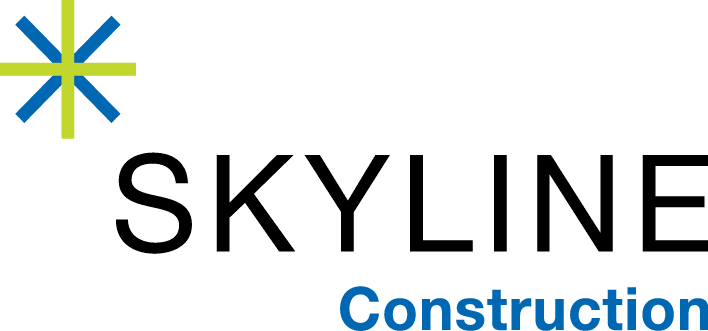Knowledge Sharing
Understanding Pricing Transparency in Commercial Interior Construction
Without clear communication around costs, scope, and potential adjustments, commercial interior construction can face delays, budgets go over, and the entire team feels unnecessary stress.
Pricing transparency is a critical factor that affects the entirety of a project: from client trust to project expectations and preventing or managing timeline delays. Ensuring cost clarity throughout a project is a key step in ensuring overall project success.

Understanding Pricing Transparency in Commercial Interior Construction
A clear, realistic budget is foundational. When clients have a firm grasp on costs from the start, they can make the most informed decisions when it comes to scope and prioritization.
From Design to Estimate
Commercial interior projects begin with a vision, whether it’s a workplace transformation, nonprofit refresh, or hospitality upgrade. Pricing transparency starts at the design phase, where architects, contractors, and clients align on project scope, materials, and budget expectations. Accurate estimates come from a detailed understanding of a project’s design, helping clients to make informed decisions early on.
Finding Alternate Solutions and Cost-Cutting Measures
An experienced builder will help clients identify cost-saving opportunities without sacrificing quality. This may include recommending alternative materials, adjusting construction methods, or phasing work to optimize project efficiency. Value engineering plays a critical role in achieving goals while problem solving creatively for potential budget constraints.
Added Services and Overhead Items
Any project will include costs beyond direct labor and materials—and general conditions, permits, and project management fees can add up quick. Transparency in these areas up front ensures that a client understands what will be included and how each line item contributes to a seamless project, start to finish.

Ensuring Pricing Transparency for Your Commercial Interior Construction Project
Clear Communication
Open and consistent dialogue between all project stakeholders ensures everyone remains aligned on scope, costs, and expectations. Regular updates prevent misunderstandings and keep the project on track.
Detailed Estimates
Comprehensive and itemized estimates provide a clear breakdown of costs, covering everything from labor and materials to permits and contingency funds. Clients should always review estimates carefully and ask questions to clarify uncertainties before signing off.
Change Management
Even well-planned projects encounter unforeseen challenges and change. Whether it’s challenging site conditions or evolving client needs, structured change management processes can account for any cost adjustments that are documented, approved, and transparent.
Scheduling and Sequencing
Efficient scheduling can prevent cost overruns caused by project delays. Understanding the sequence of construction activities helps clients anticipate timelines, coordinate with vendors, and avoid unnecessary expenses due to last-minute roadblocks.

Pricing Transparency + Commercial Construction Success
Pricing transparency in commercial interior construction isn’t just about numbers: it’s about building trust, setting pragmatic expectations, and launching a smooth renovation process. Working with an experienced commercial interior contractor that prioritizes pricing transparency leads to efficiency, cost control, and ultimately, successful project outcomes, and a client that feels confident navigating their project with full financial clarity.
READ NEXT
